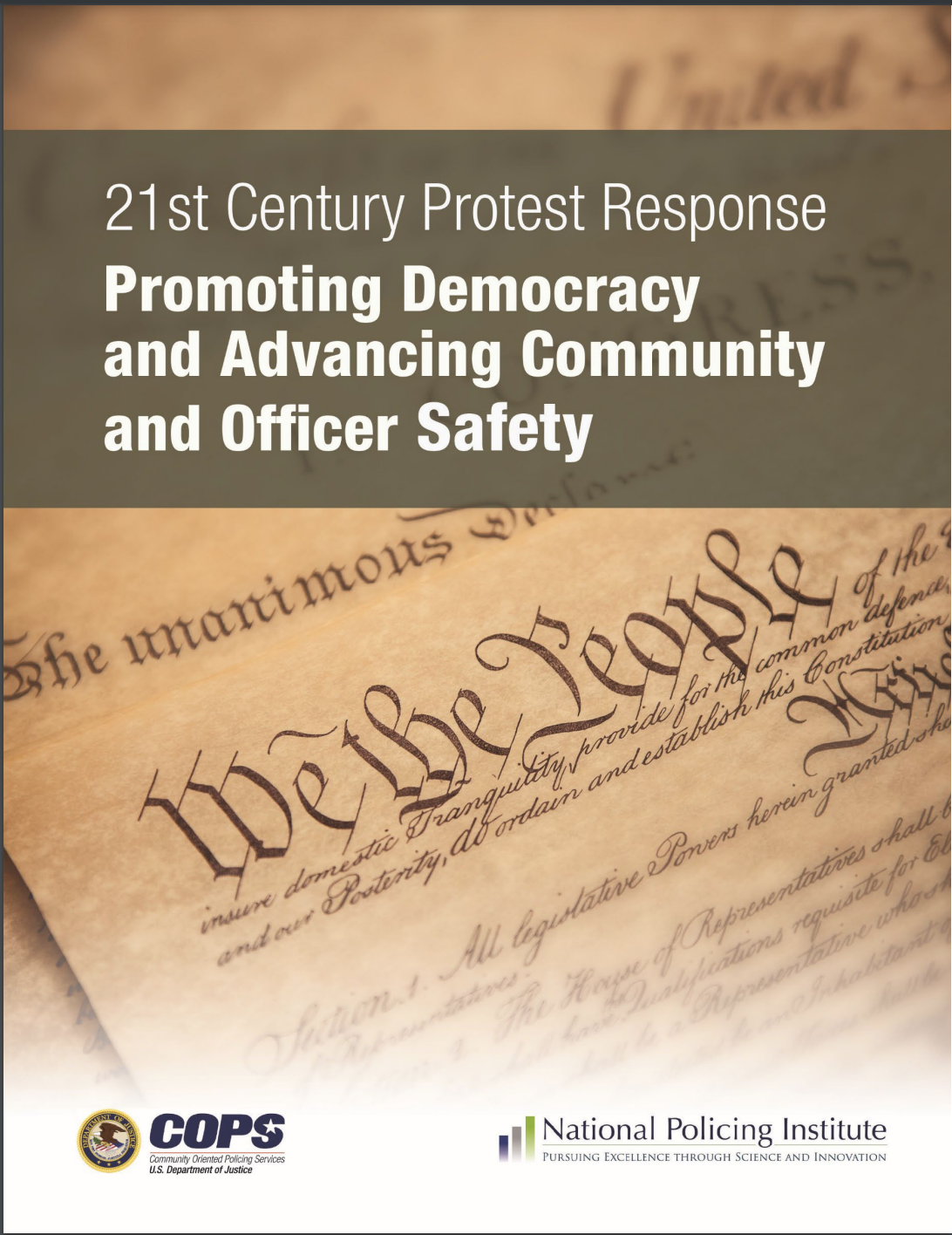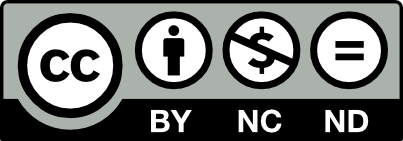Publication Date
September 2022
Author(s)
The National Policing Institute and Community Oriented Policing Services (COPS)
Abstract
This document focuses on recommendations for law enforcement agencies responding to mass protests. It is intended to add to what should be an ongoing assessment of and dialogue about best practices concerning protests and mass demonstrations. The recommendations that follow are meant to guide state, local, tribal, and territorial law enforcement agencies in their response to mass demonstrations. The purpose of this guidance is to assist law enforcement agencies with protecting constitutional rights while prioritizing community and officer safety.
Law enforcement agencies play a critical role in preserving the people’s fundamental right to peaceably assemble and in facilitating demonstrators’ safety and security as they exercise their First Amendment rights. At the same time, they must also identify when law enforcement interventions are necessary in order to maintain safety and public order. Officials must protect the rights of citizens to protest, while simultaneously safeguarding property and preserving officer and community safety.
This project aims to address these challenges and provide recommendations for state, local, tribal, and territorial law enforcement agencies responding to mass demonstrations. The U.S. Department of Justice’s (DOJ) Office of Community Oriented Policing Services (COPS Office) partnered with the National Policing Institute (NPI) and Police Executive Research Forum (PERF) to conduct this project. The areas examined for this project include community relationship building before, during, and after mass demonstrations; officer safety and wellness; mass demonstration response strategies; communication; planning, preparation, and training; and community perspectives on mass demonstrations. The purpose, methods, and results of this report follow.
Recommended Citation
National Policing Institute and COPS Office. 2022. 21st Century Protest Response: Promoting Democracy and Advancing Community and Officer Safety. Washington, DC: Office of Community Oriented Policing Services.
Strategic Priority Area(s)
Topic Area(s)
Contact
For general inquiries, please contact us at info@policinginstitute.org
Share
Strategic Priority Area(s)
Topic Area(s)
Contact
For general inquiries, please contact us at info@policefoundation.org
Share


